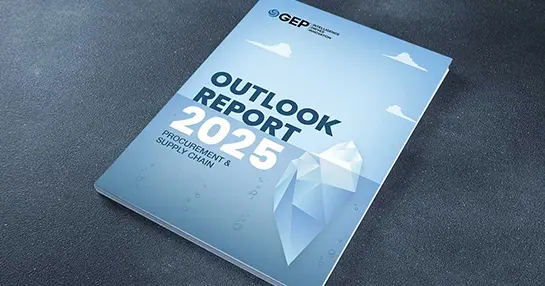Many businesses today plan to transform their supply chain operations. But to succeed in this endeavor, they must first evaluate the performance of their existing supply chain. This is why they need in-depth and accurate supply chain diagnostics – one that uses a full range of quantitative and qualitative metrics.
With GEP’s industry experts, you get accurate and actionable analysis of end-to-end supply chain processes – from forecasting to procurement, supplier relationship management to production, maintenance to logistics and warehouse management, and distribution to billing and returns.
Accurate, Actionable Insights from Supply Chain Assessment
Partner with GEP’s industry, process and subject matter experts for in-depth assessment of supply chain operations. We leverage a rich knowledge base of best-practice methodologies, an expansive global leadership network and peerless category, commodity and market intelligence to offer:
- Supply chain visibility assessment
- Supply chain blueprints
- Supply chain governance model development
- Supply chain organization development and change management
- Supply chain budget formulation management
- Working capital optimization
Why We Excel in Supply Chain Diagnostics
Our Approach
Our supply chain professionals use a structured analytical approach and a suite of diagnostic tools to generate rapid results. Our approach incorporates people, process, technology, and performance measurement to identify supply chain issues and understand the trade-offs between cost and flexibility in response to margin pressures faced by the organization.
By partnering with GEP, you can achieve cost reduction, improve customer service, better utilize assets, accurately forecast and proactively identify potential supply chain risks.
Our Tools and Expertise
The GEP team – bolstered by cross-functional stakeholder interviews – compiles and prioritizes requirements and objectives aligned to your company’s corporate and business strategy. We rigorously evaluate current performance using product profiles, volumes, growth rates, supply chain costs, service levels, fill rates and other factors, such as IT infrastructure, tools and technology. The analysis, evaluated against industry and global best practices and benchmarks, helps identify gaps in performance and potential areas of improvement.




















